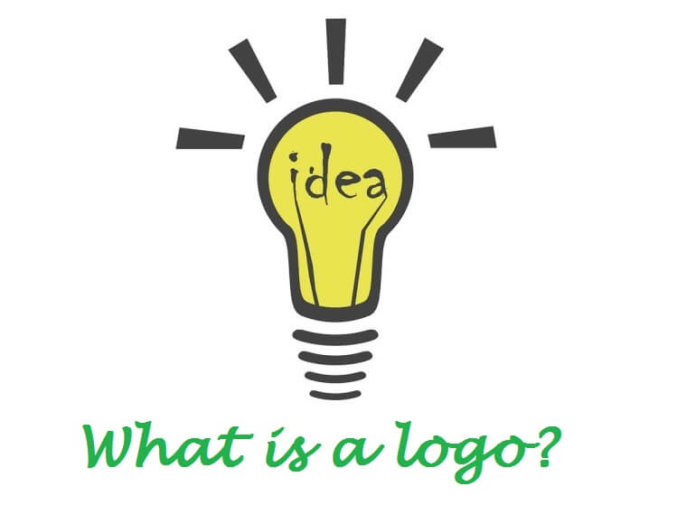At the most basic level, logos comprise of text and pictures that allow us to recognize the products we want. But so much more can they be! The core of the brand is a strong logo. It lets consumers understand what they are doing, who they are, and what they want. A small logo holds a lot of responsibility! Below is the concept of what a logo is and how to use it.
What is a logo?
A logo is an emblem consisting of text and images representing a brand. A good logo indicates what a company is doing and the importance of the brand.
Logo design is all about making a company’s final visual image. In general, the logo consists of an icon or label, along with a slogan.
What does a logo do?
Logos do several purposes. You stand out from the competition with a logo.
Perhaps the logo’s critical role is to provide the business with a distinctive mark that separates you from other companies.
It is especially important if your company has a competition. You may want to look at what your rivals look like before you receive a logo for your company to position yourself.
Your logo should not be so unique that customers fail to understand what it is about.
A logo identifies vital information about your business.
A good logo, along with your business boundary, also offers your customers some essential details about you: the industry you work in, the service you provide, the demographic goals, and brand values.
For instance, a company may use line imaging to display its logo to function in the software industry. Or they can use a specific color to indicate that they want to be green/environmental. Or you might use a trendy font to demonstrate that you are luxurious.
A logo builds brand recognition.
Logos also has a visual impact that reminds the customers of life!
In other words, logos can build clear visual ties with a client. This relationship allows consumers to remember your brand.
Think of brands like Bluehost or WordPress, whose logos are so omnipresent that they can easily be identified with or without the name attached. No wonder logos are such a core component of name branding.
What are the elements of a logo?
Now that we know what’s the work of the logo. Now, let’s see what it’s made of. While no definitive response exists, some of the standard logo design elements can be broken down. Such elements form seven styles of logos together.
- Monogram logos
- Wordmarks
- Pictorial marks
- Abstract logo marks.
- Mascots.
- The combination mark.
- The emblem.
Typography
When it comes to forming, a logo typically contains a type of typographical feature. This may vary from a single letter in monogram style to an abbreviation or the full business title.
Imagery
Images or icons often supplement typography. They can be symbolic or made up of abstract geometrical elements.
Logos also have decorative elements, such as line work or seen punching, such as little stars or dotted lines, which don’t automatically produce a particular picture.
Color
Color exists beyond form. Logos may be monochrome or multicolored, black, and white. Colorful logos also include palettes that are either identical, meaning close in color or complementary, meaning distant and opposite in tone.
Context
In some instances, the sense in which it is used often determines a logo.
That said, it is necessary to understand when and where logos can be applied.
We typically see logos online, on business cards, on shop shutters, advertisements, and print. However, the organization can have different needs.
Which makes the logo good?
The answer: all sorts of stuff. Let us look at some real-life examples and explore the elements they use to convey their messages effectively.
Why does a logo vary from a brand?
That misunderstanding we see is the disparity between logos and branding. It sounds complicated, but the difference is simple: The brand is the company’s image. In other words, the overall impact the business leaves on the consumer can be considered as a brand. Many items like your ads, advertising, customer service, and even your logo will leave this impression.
That’s right, and your logo is part of your brand (not the opposite). For example, while the Apple logo is iconic and readily recognizable, it is not the only thing that makes its brand identity beautiful, simple to use, and customer-friendly. Such characteristics are reflected in their design choices in advertisements, web design, and shop layout. The logo incorporates a visual connection.
